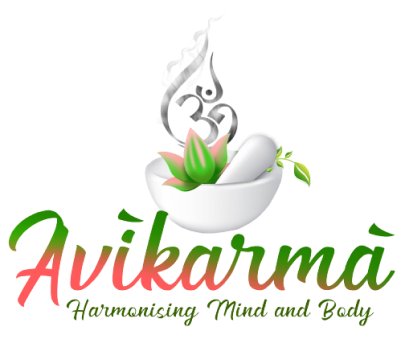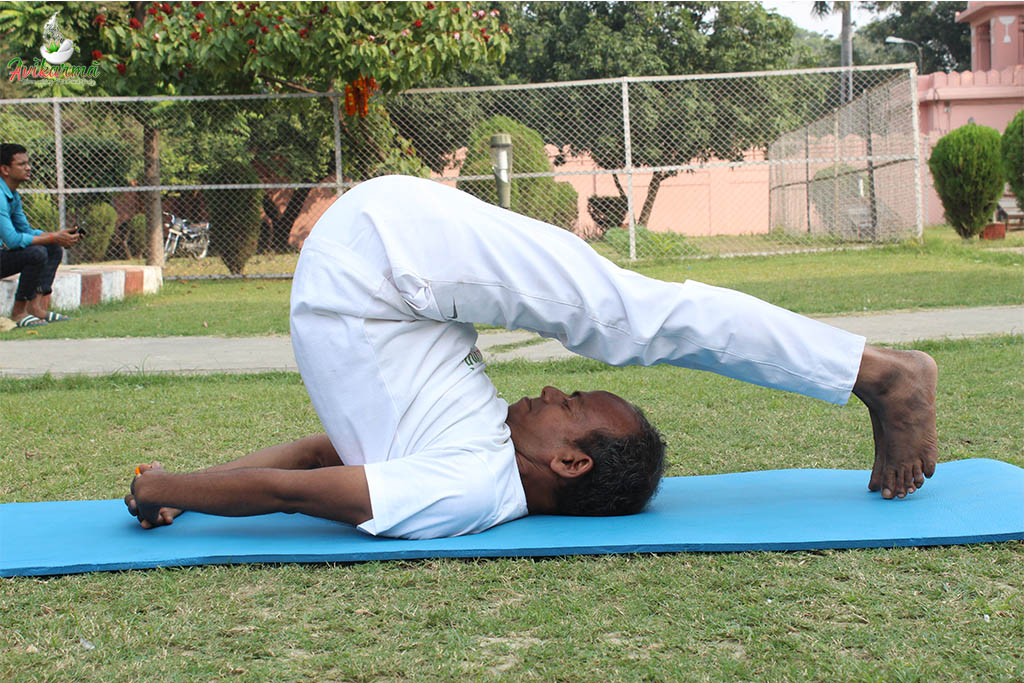About Halasana
Halasana is a folded inversion, traditionally considered a finishing pose that may be practiced at the end of a yoga session. As a finishing pose, it helps prepare the body for relaxation, pranayama and meditation.
To begin, lie down on the ground with arms at the sides and palms pressing down. Lift the legs up to a vertical position. Then lift the hips and spine from the floor, bringing the legs behind the head. The toes are then placed on the floor and the legs are gently straightened.
The name comes from the Sanskrit hala meaning “plow,” and asana, meaning “pose.” Therefore, halasana is also referred to as plow pose in English.
Reduces fatigue, insomnia, and anxiety. Relieves stress-related headaches, migraines, and hypertension. Relieves palpitations and breathlessness. Improves the functioning of the thyroid and parathyroid glands. Alleviates throat ailments, asthma, bronchitis, colds, and congestion. Relieves backache, lumbago, and arthritis of the back and spine.
- Lie on your back with your arms next to your body and palms pressing into the floor.
- As you inhale, lift your legs to 90 degrees.
- As you exhale, roll your pelvis off the floor, moving your legs back toward your head. Slowly lower your legs over your head, toward the floor.
Position your hands on your lower back for support. - Align your pinky fingers on either side of your spine, with fingers pointing up toward the ceiling.
- Walk your hands up your spine to elevate your spine.
- Draw your shoulder blades and elbows in as close together as possible.
- If your toes reach the floor, you can release your arms alongside your body with palms down or interlace your fingers.
- Hold this position for up to 2 minutes.
- To release, reposition your hands alongside your body with palms down.
- As you exhale, slowly roll your spine back down to the floor.
Pause with your legs extended to 90 degrees. - As you exhale, engage your abdominals and slowly lower your legs to the floor, or simply bend your knees and place your feet on the floor.

